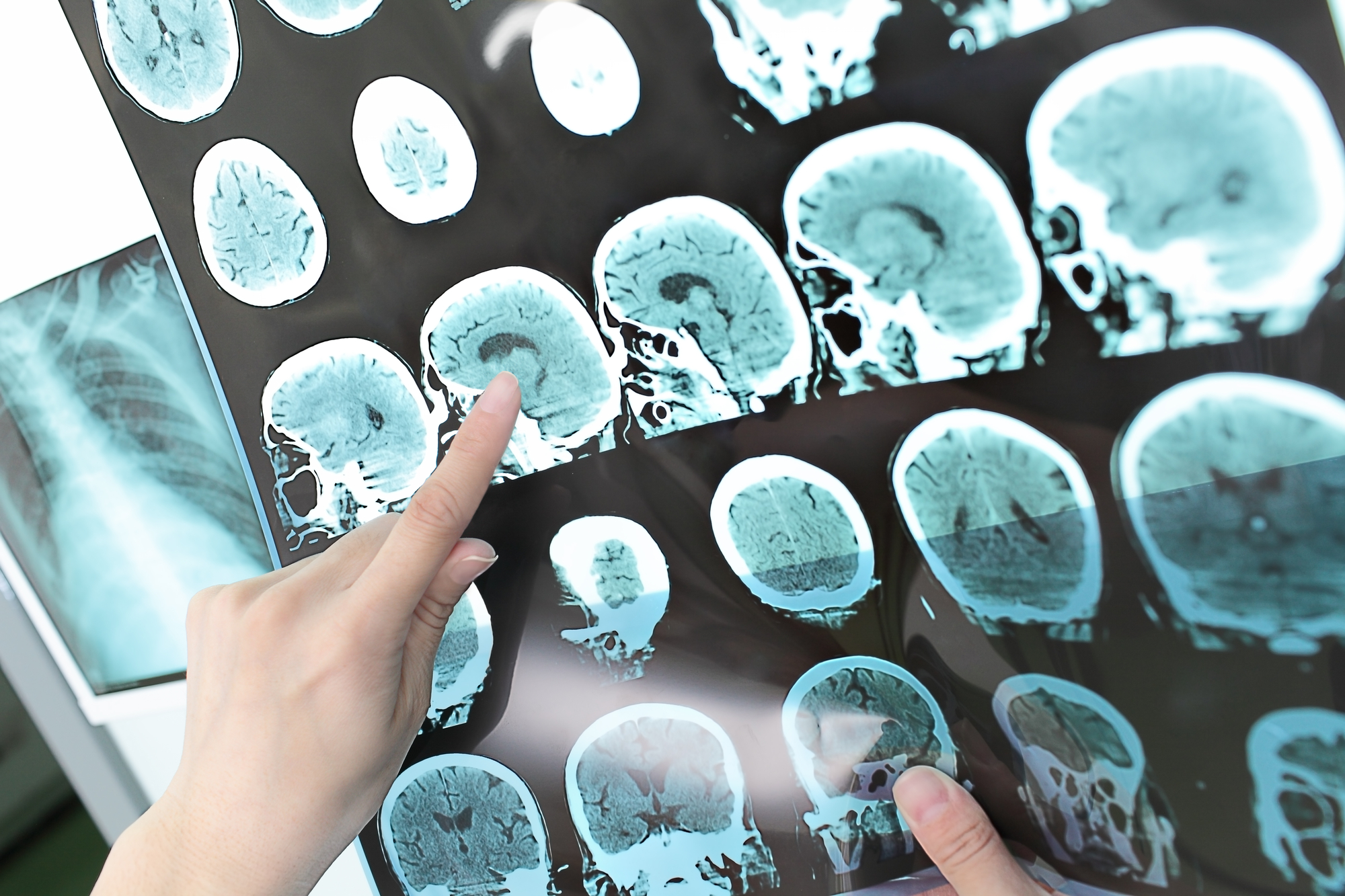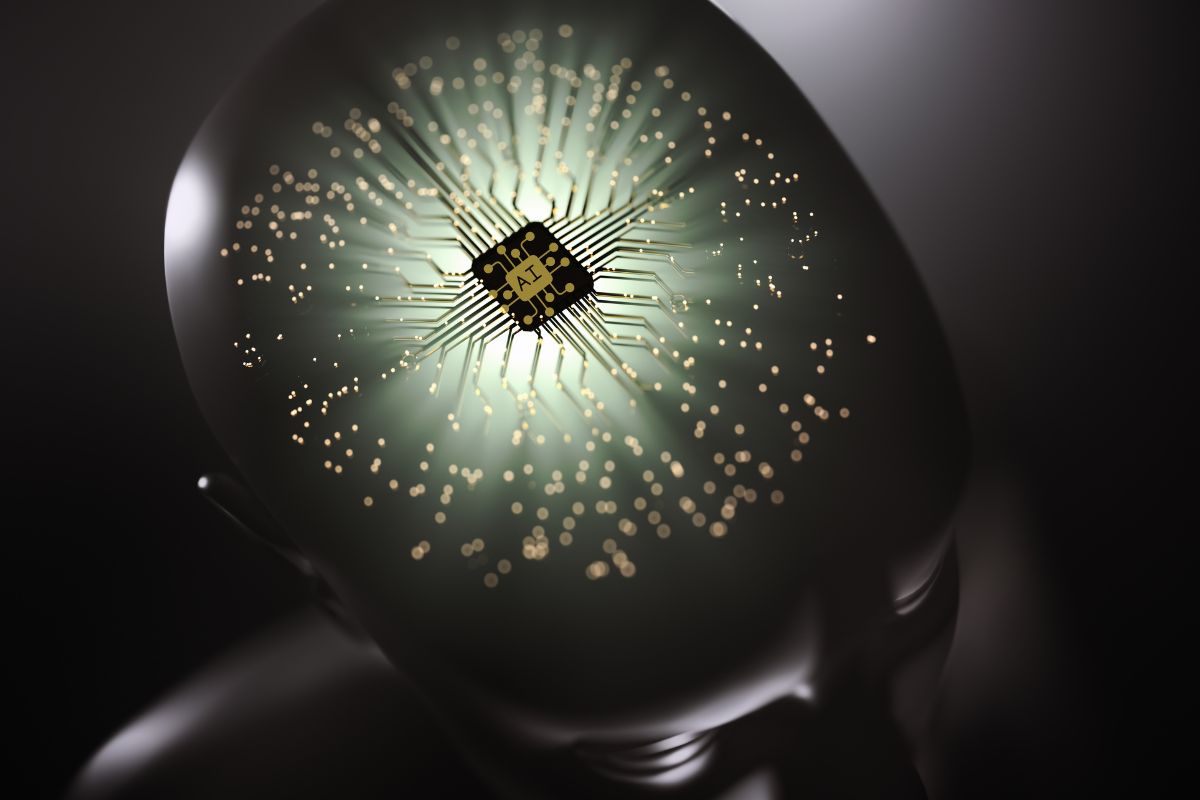A woman from Regina, Canada has regained her voice due to groundbreaking new AI technology.
A woman from Regina, Canada lost her voice over 18 years ago when she had a stroke, but new artificial intelligence technology worked into a brain implant is helping her to regain her voice.
The technology was implemented by a team at the University of California San Francisco (UCSF).
According to the team, the patient, Ann Johnson, suffered a stroke at the age of 30 years, back in 2005. She has not been able to speak since that time. She was required to leave her job at Luther College, where she had been teaching for eight years. She was diagnosed with a condition called locked-in syndrome, which is a condition in which the individual remains fully cognizant and aware but is paralyzed to the point that they are mainly unable to communicate.

Now, the UCSF researchers are working with the University of California Berkley (UBC) to test a new brain computer technology on Johnson that uses artificial intelligence. The researchers and the patient are hoping that this will one day provide more people with the ability to communicate by way of a digital avatar resembling a real person.
The artificial intelligence technology works by decoding Johnson’s brain signals and converting them to words.
The UCSF researchers have said that the AI detects and decodes the brain signals of the patient so that they can be converted into words.
Using the technology involves the implantation of a thin rectangle containing 253 electrodes on the surface of the brain. This was implanted on Johnson’s brain by a neurosurgeon at UCSF, the neurological surgery chair Dr. Edward Chang.
“The electrodes intercepted Johnson’s brain signals that if not for the stroke would have gone to muscles in Ann’s lips, tongue, jaw and larynx as well as her face. A cable plugged into a port fixed to Ann’s head connected the electrodes to a bank of computers,” said Chang in the publication on the case.
Once the implantation was complete, Johnson and the researchers worked together to train the artificial intelligence to recognize the unique signals in her brain for speech.

